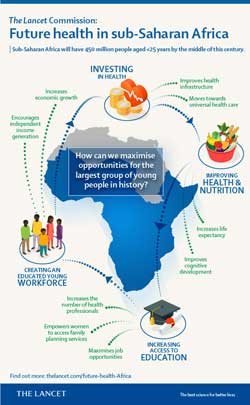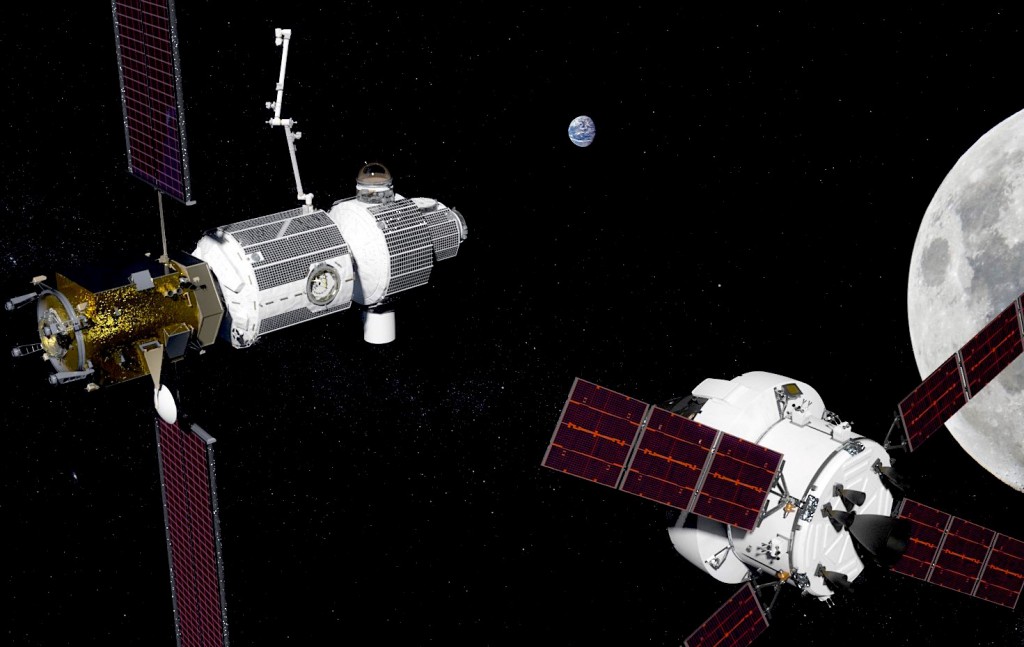Could we be like Deadpool in real-life? Scientists claim that humans might one day be able to re-grow missing limbs.


“Oben,” in German means “above,” or to be on top. That, in a nutshell, is also the vision Nikhil Jain has for the AI startup ObEN, of which he’s CEO and co-founder. The company raised $5 million from a group led by Tencent this summer and has an ambition in keeping with the meaning of its name.
Nikhil is working to advance technology that gives ultimately everyone in the world — the famous, the infamous, the ordinary and everyone in between — a 3D avatar that looks and sounds like them. ObEN, in that scenario, would power an AI level that sits, in other words, “above” physical, face-to-face interactions, opening up a new way of interacting with technology. And each other.
Don’t Miss : You’ll love this $40 box almost as much as your cable company hates it.

The report shows a surprising diet to be healthy and live longer.
Summary: Comparing the Atkins, Rosedale, Paleo, Mediterranean and DASH Diet plans, researchers report on the healthiest options. [This article first appeared on the LongevityFacts website. Author: Brady Hartman.]
Despite all the advances made with lifespan-extending drugs, a healthy diet remains as one of the best ways to stay healthy and live longer. While many dietary regimens can help us lose weight, few people recognize that some of these are downright unhealthy. However, given the multitude of meal plans – such as the Atkins, Rosedale, Paleo, DASH, Mediterranean and the ‘USDA MyFoodPlate’ – which diet is the best for a slim figure and optimal health?
The optimal diet is one that can help us live longer healthier lives while staying slim. Once a person has slimmed down, following a balanced diet that provides optimal nutrition will help us keep live longer and in better health.

Can anyone suggest how we can prevent this from happening to us?
Summary: Air pollution and global warming will ascend to the top cause of death in the next three decades, say researchers from the University of Southern California. The scientists add that the polluted air will lead to a rise in lung disease, heart attacks, and strokes. [This article first appeared on the LongevityFacts.com website. Author: Brady Hartman.]
A pair of expert scientists from the University of Southern California (USC) in Los Angeles says that global warming and air pollution will ascend to the top cause of death due to “ischemic heart disease, stroke, cancer, chronic lower respiratory disease.”
Citing cite nearly a dozen studies on the effects of air pollution on human health, experts Caleb E. Finch, Ph.D. a molecular biologist and Edward L. Schneider, MD predict that.

“The mission from California’s central coast was Space Exploration Technologies Corp’s 18th this year.”

“Although there has been real progress on many health indicators, life expectancy and most population health indicators remain behind most low-income and middle-income countries in other parts of the world.”


“Our first principle, therefore, is that corporations should search for projects that generate economic benefits for themselves while creating socioeconomic gains for all other actors in the new ecosystem.”
“To adventure and fellowship.”

The transhumanist vision of a transformed and technologically enhanced humanity is no longer a science fiction pipe dream. The technological and scientific breakthroughs our society has experienced over the past couple of decades perhaps stand testament to that.
Applied science has certainly come a long way too, but we are yet to crack the brain’s enigma code. How would humanity benefit if we were to crack it? Neuroprosthetics seem to be a window into the future.
Can brain activity be translated into movement?